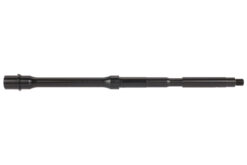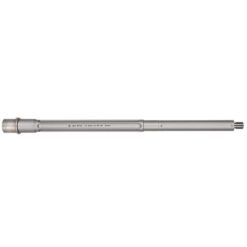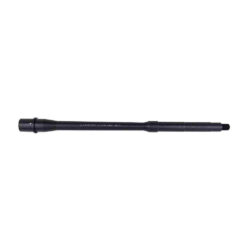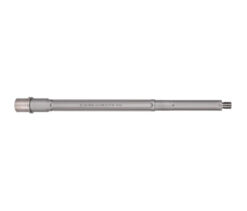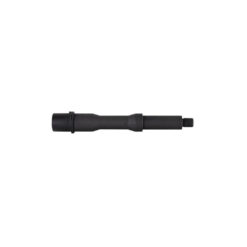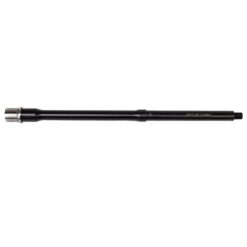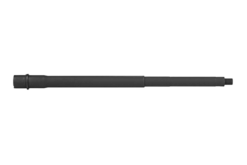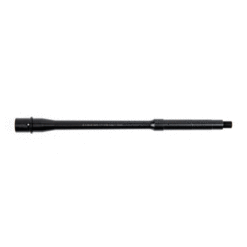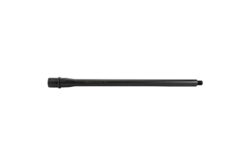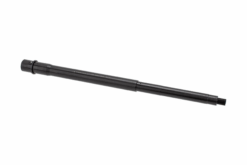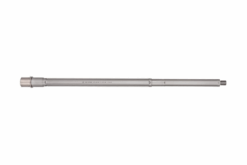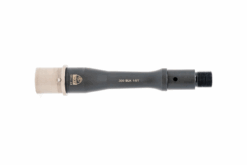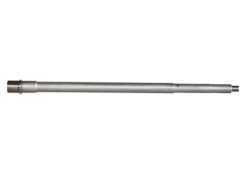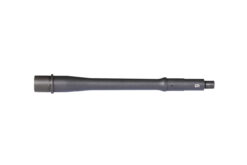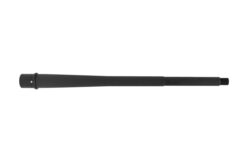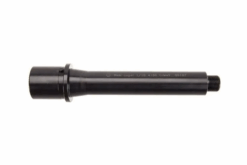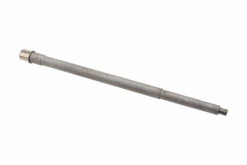Enhance Your Rifle with High-Quality AR-15 Barrels
The barrel is one of the most crucial components of any AR-15 rifle, significantly influencing accuracy, reliability, and overall performance. Choosing the right barrel ensures your firearm is optimized for its intended purpose, whether precision shooting, home defense, or competitive use. Our collection of AR-15 barrels is designed to meet the diverse needs of AR-15 enthusiasts, offering a range of profiles, lengths, and materials.
Save 39%
MSRP: $139.95
$84.95
Save 30%
MSRP: $149.95
$104.95
Save 5%
MSRP: $230.00
$218.50
Save 5%
MSRP: $165.00
$156.95
Save 5%
MSRP: $160.00
$152.00
Save 30%
MSRP: $99.95
$69.95
Save 27%
MSRP: $149.95
$109.95
Save 39%
MSRP: $159.99
$97.95
Save 35%
MSRP: $199.95
$129.95
Save 25%
MSRP: $160.00
$119.95
Ballistic Advantage 16″ EPC 9mm Straight 4150 CMV Blowback 1:10 1/2×28 Modern Series
Ballistic Advantage
Save 10%
MSRP: $155.00
$139.95
Save 5%
MSRP: $120.00
$114.00
Save 8%
MSRP: $185.00
$170.25
Ballistic Advantage Premium Series 20″ .223 Wylde DMR Contour 1:8 Stainless AR-15 Barrel
Ballistic Advantage
Save 17%
MSRP: $300.00
$250.00
Save 28%
MSRP: $165.00
$118.95
On-Sale
Save 14%
MSRP: $329.99
Save 10%
MSRP: $109.95
$98.95
Aero Precision 18″ .223 Wylde SPR 416R Stainless Steel Nitride Rifle 1:8 AR-15 Barrel
Aero Precision
Save 17%
MSRP: $230.00
$189.95

